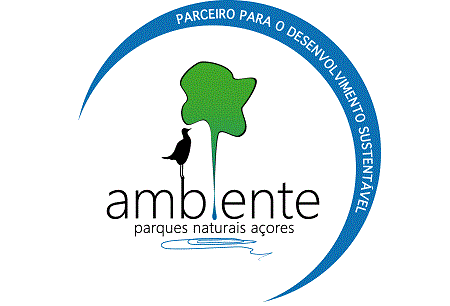RESEARCH
Monitoring the coastline
The abundance of stranded macroplastics are being monitored using a standardized methodology across 6 different beaches spread throughout the archipelago since 2016. This work is being done in partnership with the Regional Government of the Azores and “Parque Natural das Ilhas”.
 |
|---|
 |
 |
 |
 |
 |
 |
 |
 |
 |
 |
 |
 |
 |
|---|
 |
 |
 |
 |
 |
 |


Monitoring the sea surface
Data on floating macro debris are collected in partnership with a program of fisheries observers (POPA). Since 2015 the fisheries observers covered a total of 2500 visual transects across the Azores EEZ. For smaller particles, surface tows are being performed in different locations around the island.
.png)

 |  |
|---|---|
 |  |
 |  |
 |  |
 |  |
 |  |
 |
Monitoring interactions with biota
The quantities of plastic ingested by marine biota is being addressed for a wide range of organisms and across the food chain. Through previous projects, a network of partners was created (local authorities, seafood factories and researchers) for collecting different corpses of seabirds, seaturtles, cetaceans, commercial fish and zooplankton. Over the years, we have developed protocols for macro and microplastic extraction from these different animal groups and we are currently working to improve extraction efficiency of plastics from diverse marine biota. The information will not only be used to assess the role of biota as a sink for plastic debris but also to help develop bioindicators in the framework of the MSFD.




INGESTION
ENTANGLEMENT





Persistent Organic Pollutants and Heavy metals associated with marine plastics in the Azores
Plastics are known to accumulate a complex mixture of chemical contaminants and heavy metals already present in the surrounding seawater. We are working in collaboration with other institutions to understand the levels of persistent organic pollutants and heavy metals that are adsorbed to plastic fragments throughout the Azores archipelago and across different compartments.
Assessing the direct economic costs of marine litter for the region
We are conducting interviews to evaluate the direct economic cost of marine litter in the Azores for different stakeholders. This includes expenditures, at local and regional level, with cleaning initiatives of coastal areas as well as physical damages to vessels of relevant marine users.
.png)
Monitoring the seafloor
The presence of macroplastics on the seafloor has been assessed on specific case study areas using imagery. Efforts are now being conducted to analyse imagery data collected during various expeditions since the mid1990s to provide a large-scale analysis of seafloor debris. Notably, we are collaborating with the Rebikoff-Nigeler foundation that have a considerable archives of seafloor imagery throughout the archipelago. We are also working in close collaboration with many national and international research projects that are mapping seafloor communities in the Azores. The quantities of MP in seafloor sediments around the Azores are being assessed in the framework of a newly funded project.







